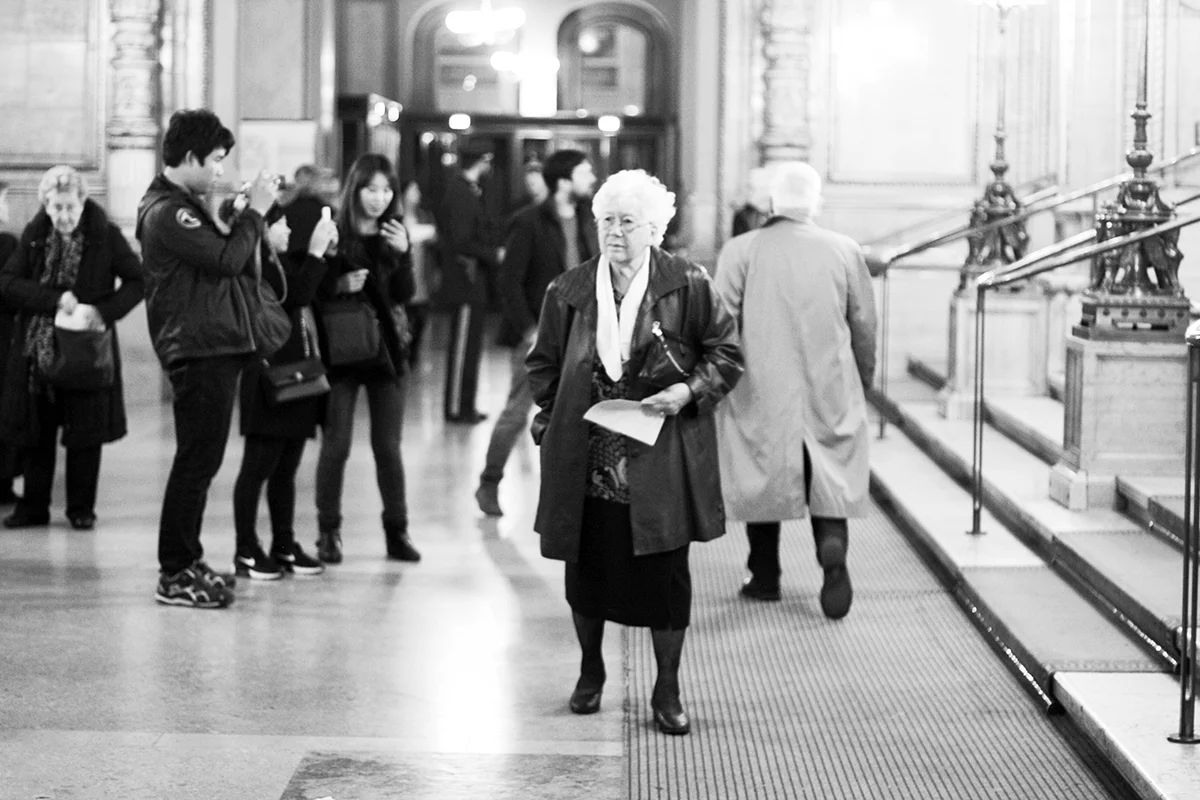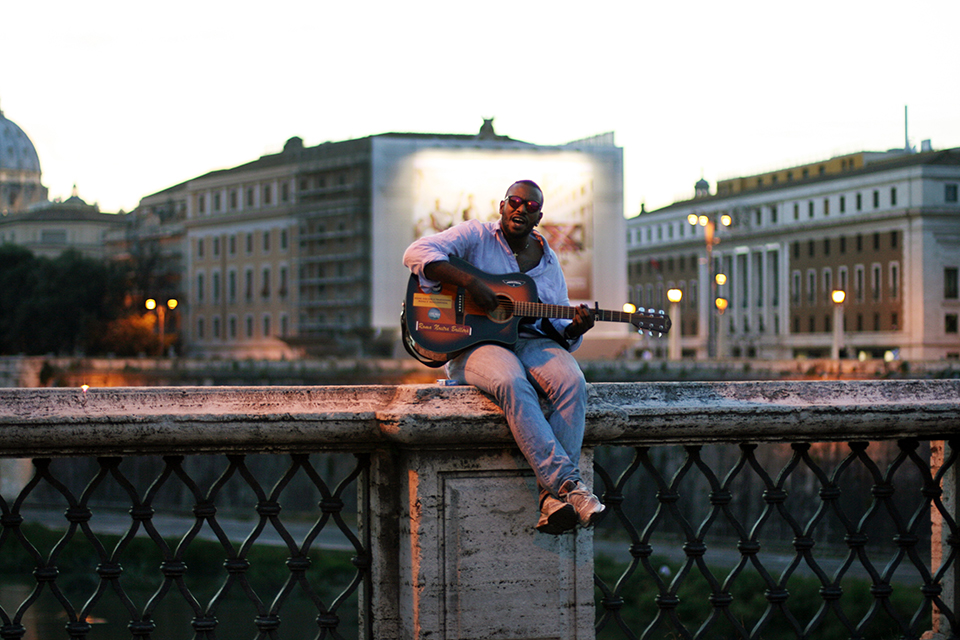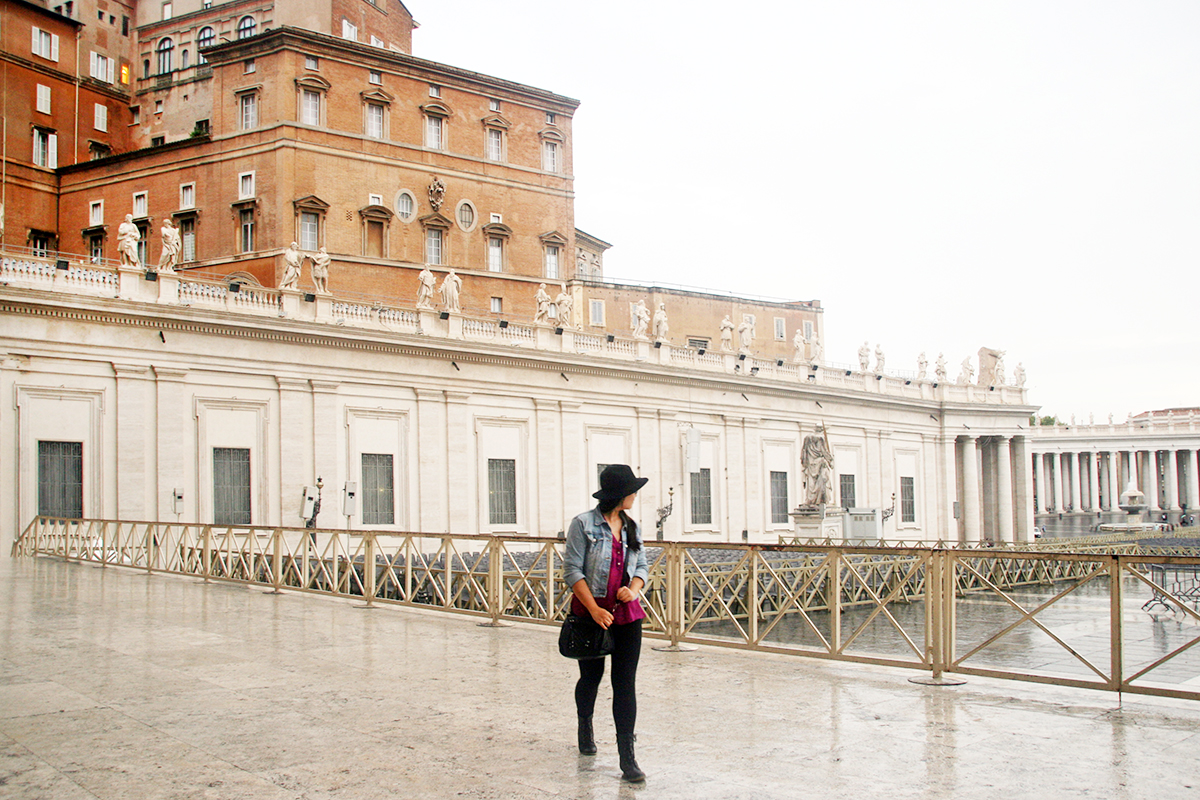Lisbon, 2022
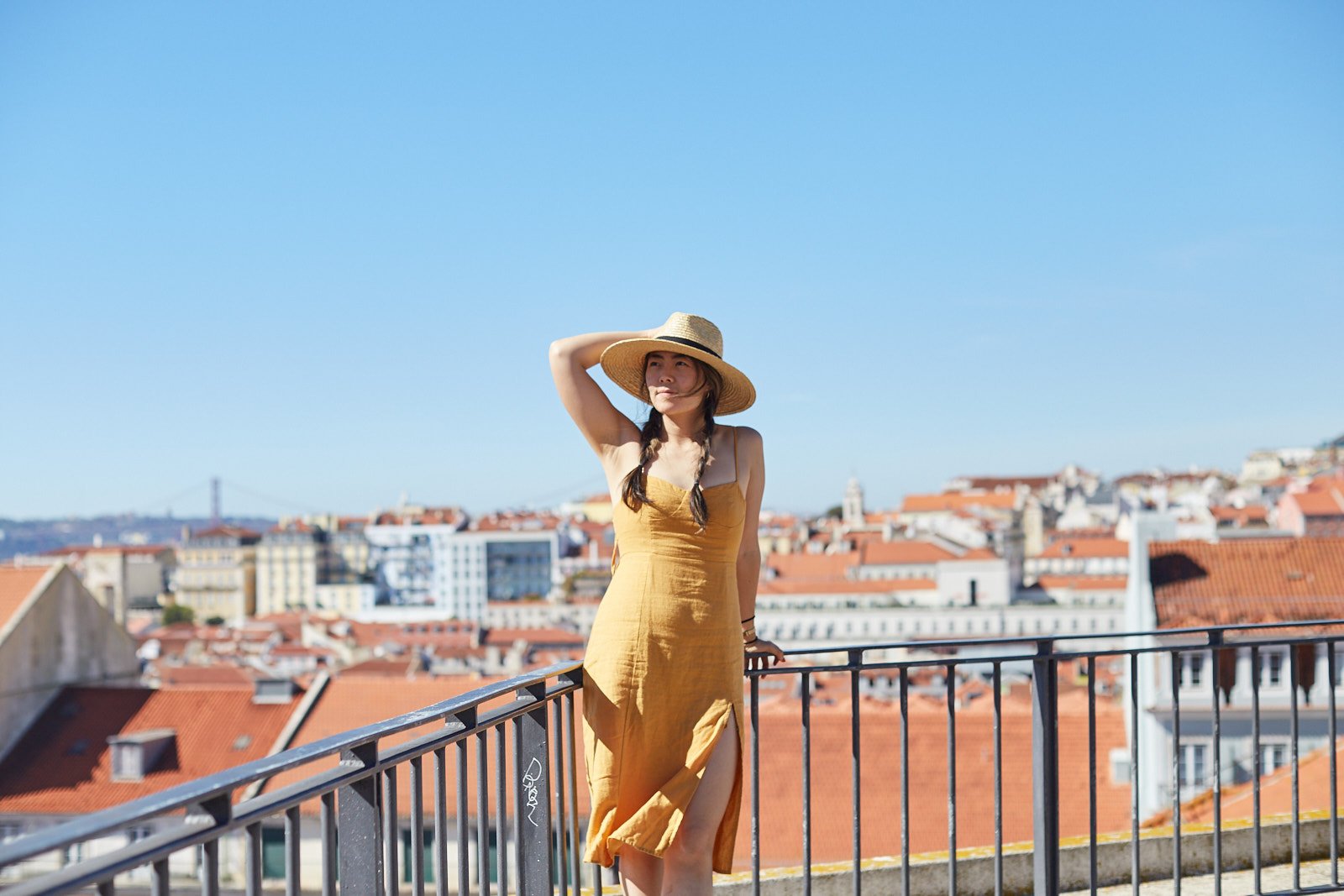
A few years ago, I visited Porto and fell in love. Portugal was so special, and I couldn’t wait to go back. There’s something about these cities that feel large and full of fun things to do, but also small and quaint. Maybe it’s the the winding cobblestone roads, sweet shopkeepers, or the sight of laundry hanging out on the balcony, but Portuguese cities feel more lived-in and genuine, unjaded by tourism. These are the places I love to visit the most.
After a few days in busy Paris, landing in Lisbon was a breath of fresh air. We dropped off our things at the roomy Airbnb, got dressed for summer weather, and stepped out into the sunshine, finally feeling like we’re truly on vacation.
We spent about 4 days exploring Lisbon and nearby neighborhood towns Belém and Sintra. Lisbon has a rich history as one of the oldest cities in western Europe, founded by the Phoenicians, and conquered by groups ranging from Romans to the Islamic Moors to Napoleon. There is a story behind every neighborhood, and the architecture reflects a varied mix of Romanesque, Gothic, Baroque, Manueline, Moorish, North African, Pombaline styles, and more. There is something to discover at every turn.
Sintra is the Versailles of Lisbon, home to Portugal’s past monarchs. Although we couldn’t see much of Parque da Pena due to intense fog and rain, it was fun getting to experience a different environment surrounded by nature.

Our favorite spots outside of the obvious tourist attractions:
Solar 31 da Calçada, for fish and seafood specialities, including the best octopus of my life
Incomum by Luis Santos, for great Portuguese food and excellent service in Sintra. Even the bread + evoo was divine
Manteigaria, the pastry shop, for the best grab and go egg tarts (pasteis de nata)
Manteigaria Silva, the ham shop, for cheese and presunto (dry-cured ham that is acorn-fed and cured for up to 40 months). Ask the staff for recommendations
Pasteis de Belém, for authentic pasteis de belem, a variety of pasteis de nata invented at the monastery. This historical spot is a lovely place sit down breakfast
Bohème Lisboa, a jewelry store with minimalist rings, earrings, and necklaces that I loved. Everything is gold-plated 925 silver, at a reasonable price
The Money Museum, a surprisingly modern and educational exhibit housed inside an old baroque church. Admission is free!
Miradouro da Senhora do Monte, the highest sightseeing viewpoint in the city for sunset panoramas and street music
Walking tours, to learn about history and get shown around. We did one of these Hi Lisbon walking tours and our guide Jose was great. This is one of my favorites ways to see (and learn) about a new city
Alfama, for quaint streets and Fado music and cute grandmas selling homemade ginjinha (cherry liqueur, a Lisbon specialty)
Lounge ANA at the Lisbon airport for a large and comfortable lounge space that even include sleeping pods
These are just my recommendations but I suggest you just wander around and see where the road takes you. What I love about these small towns is the ability to easily discover. Put away your navigator and just follow your curiosity. Pop into shops, talk to locals, and try new things. (But always save room for natas.)
On walkability
When I visit large metropolitan cities, they all feel relatively the same: an extensive subway system, plenty of taxis, designer shopping, chain restaurants, and famous historic buildings to sightsee. No matter what country you’re in, they all kind of feel the same, full of cars, consumerism, and condensed living spaces. You’re always squeezing through crowds, overpaying for coffee, and constantly checking if your wallet has been stolen. Why even visit a new place when everything has be modernized and commercialized to look just like your home city?
I love the walkability of cities that were planned before the existence of cars. Having the flexibility to get around without learning to use a new metro system or waiting on a taxi does wonders for your mental health. It also gives people more face to face time, creating community and facilitating civic engagement. That’s why American cities, despite being part of the world’s largest economy, consistently rank low in quality of life. European cities, on the other hand, are enjoyable to visit and live in because the lack of dependence on “the car” makes cities feel deeply connected. The unique architecture, rich history, and abundance of walking areas makes cities, especially the smaller ones, feel so special and magical to immerse yourself in, even if just for a few days.
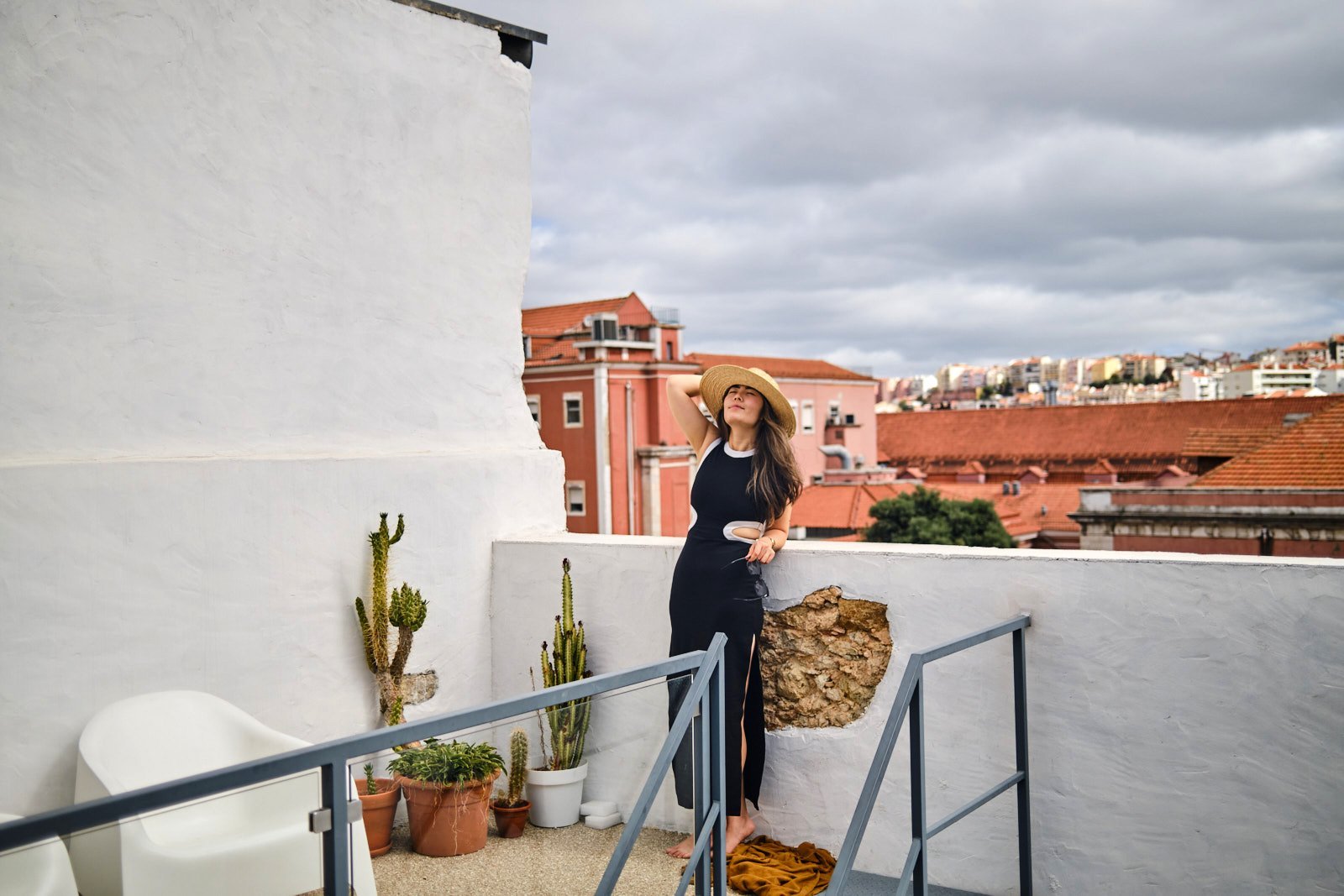
Watch the vlog here, and look out for all the San Francisco doppelganger sightings!
And on that note: obrigada, Lisbon! Thanks for marking the perfect end to my summer.


























































